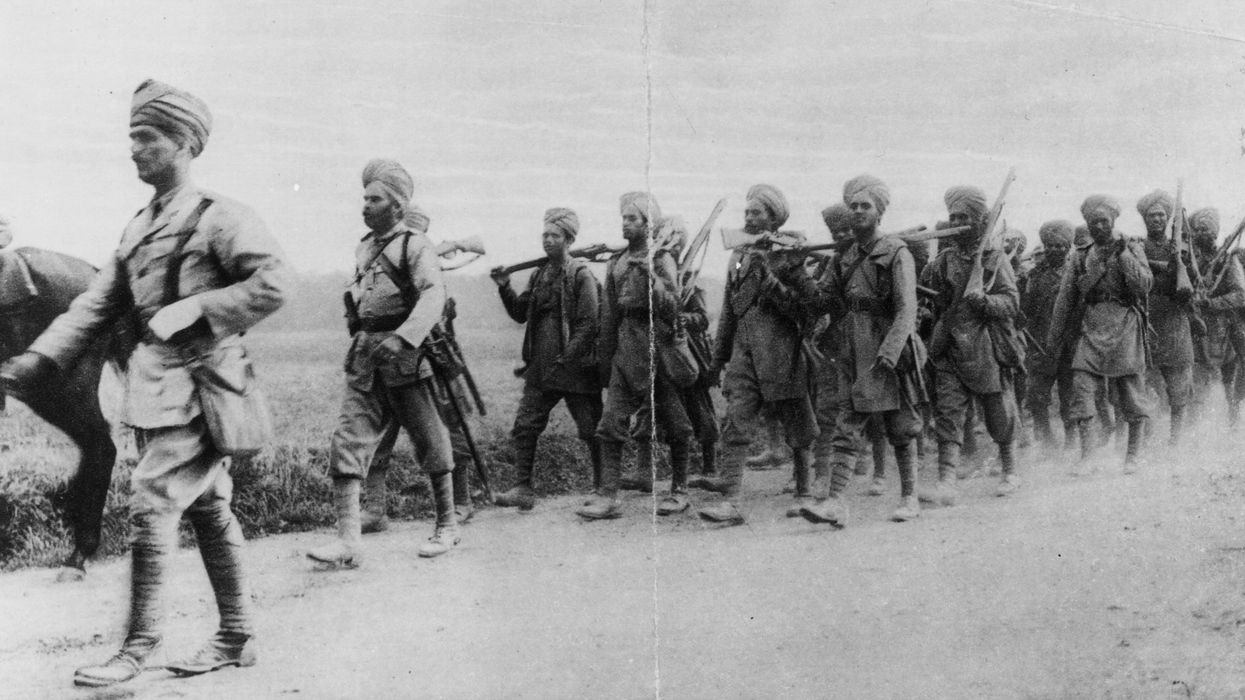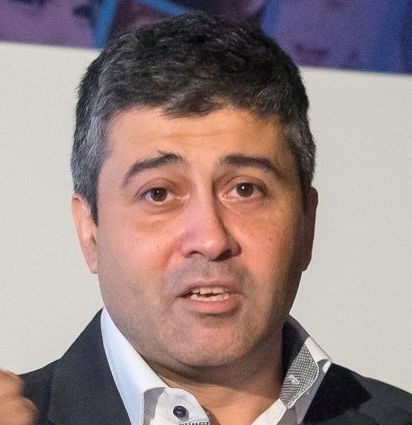by Amit Roy
MPS LEAD TRIBUTES AS FORMER PRIME MINISTER VAJPAYEE IS LAID TO REST.
IT IS one of the civilised traditions of India that when politicians pass away, even their opponents come together to pay tribute to the departed leader.
THOUSANDS of mourners in white funeral dress escorted the coffin of Atal Bihari Vajpayee, India’s former prime minister, through Delhi last Friday (17), showering his body in rose petals before his cremation.
But when Atal Bihari Vajpayee died last week, aged 93, there appeared to be genuine mourning in India. Hundreds of millions of ordinary Indians mourned the death of a former prime minister they considered civilised and decent – and a poet, too. The route from Vajpayee’s home in Delhi to the cremation grounds was clogged by thousands of people.
As leader of the Bharatiya Janata Party (BJP), he served three terms as prime minister: first for 13 days in 1996, then 13 months from 1998 to 1999, and finally, a full term from 1999 to 2004.
Perhaps people compare today’s India, which is marked by growing intolerance towards minorities, with the country he had governed. Some go so far as to suggest he was the right man in the wrong party.
The London-based historian Zareer Masani struck a jarring note by claiming Vajpayee was
among those who had encouraged the demolition of the Babri Masjid in Ayodhya on December 6, 1992. His record wasn’t entirely clean, Masani suggested, and backed up his assertion by issuing an allegedly incriminating video.
Whatever the truth about what he really believed, Vajpayee was certainly a less divisive
figure than many of today’s politicians. As his mortal remains were consigned to flames last
week, Manmohan Singh, Rahul Gandhi and other opposition leaders watched alongside the
prime minister Narendra Modi and senior members of the government.
To me, his greatest moment came in 2004. The BJP, buoyed by its “ India shining” campaign slogan, was convinced it would sweep back to power. Vajpayee accepted
the party’s stunning defeat with grace.
Three-time prime minister Vajpayee, a poet and spellbinding orator respected across the political divide in India, died last Thursday (16) after a long period of declining health. He was 93.
Prime minister Narendra Modi, who described Vajpayee’s passing as “a personal and irreplaceable loss”, lead the procession through Delhi to the leafy cremation grounds near the sacred Yamuna River.
“It was Atal Ji’s exemplary leadership that set the foundations for a strong, prosperous and inclusive India in the 21st century,” Modi said in a tweet.
Senior cadres from Modi’s Bharatiya Janata Party (BJP), the ruling party that Vajpayee nurtured into power, mourned alongside foreign dignitaries including Bhutan’s king and Afghanistan’s former leader Hamid Karzai.
He was placed on a sandalwood pyre set alight by his foster daughter, as family poured sacred grains on the burning logs and incantations were recited by Hindu priests.
Mourners had lined the streets for hours to catch a glimpse as Vajpayee’s coffin, wrapped in the Indian tricolour flag, made its final sombre journey.
Despite not making a public appearance in years, Vajpayee continued to inspire devotion in many parts of the country, especially in key bellwether Hindu-heartland states in north and central India.
“He was a Hindu by heart, but a leader of all by his deeds,” said Kumar Krishnen, a mourner on a Delhi streetside. “It was India’s poor who lived in his heart and who he worked for,” said another, Rajkumar Tripathi, who also turned out to bid farewell.
“He was a poet and a writer, but all his literature was based on the common man and his aspirations. I salute this immense personality with all my heart.”
Vajpayee was seen as a more moderate face of the BJP during his time in office, although he struggled to hold back the more hard line members who went on to run the party and the current government.
His often conciliatory tone, and poetic jibes directed at opponents, won admiration on both sides of the political divide. In Mumbai, the main opposition Congress Party hung large posters from buildings bearing Vajpayee’s commanding profile and a message of tribute to the late leader.
Congress leader Rahul Gandhi, who sat alongside former prime minister Dr Manmohan Singh at Vajpayee’s cremation, had described the late leader as a “great son” of India and said said millions “loved and respected” him.
“Today India lost a great son. We will miss him,” Gandhi posted on Twitter.
Vajpayee was the first non-Congress leader since India’s independence in 1947 to complete an entire term in office as head of a BJP-led ruling alliance between March 1998 and May 2004.
A former journalist and poet-turned-politician, Vajpayee was one of the few opposition lawmakers inside parliament when India’s first prime minister, Jawaharlal Nehru, still held office.
His more than five-decade-long career peaked in the 1990s, when his masterful oratory attracted tens of thousands of people to his rallies across the country.
A high-caste Brahmin, Vajpayee was born on Christmas Day in 1924 in the central state of Madhya Pradesh. He toyed with communism before opting to support Hindu nationalist group Rashtriya Swayamsevak Sangh, now parent organisation of the BJP.
He was one of thousands of activists jailed after Congress prime minister Indira Gandhi imposed emergency rule in 1975, and became the BJP’s founder-president in 1980, three years after his release. Vajpayee was one of the few leaders of the BJP to express anguish when hundreds of Muslims were killed rioting in 2002 in Gujarat.
Vajpayee called the 1992 destruction of a 16thcentury mosque on a disputed site by Hindu fanatics India’s darkest hour.
However, he also defended a Hindu campaign for construction of a temple on the disputed site, which Hindus believe was the birthplace of Lord Ram.
As prime minister, Vajpayee was not afraid to take risks. He gave the go-ahead for underground nuclear tests in 1998 believing nuclear weapons would be a deterrent against China and Pakistan.
Pakistan responded to those tests with six of its own. But a year later, Vajpayee rode on the first bus to begin a new service from Delhi to the Pakistani city of Lahore in a rare trip by an Indian prime minister to mend ties with the neighbour.
Despite the lingering tensions between the neighbours, Imran Khan, who took oath as Pakistan’s next prime minister last Saturday (18), hailed Vajpayee as “a towering figure” in a statement posted on his Pakistan Tehreek-e-Insaf party’s official Twitter page.
“Atal Bihari Vajpayee’s efforts to improve Pakistan-India ties will always be remembered,” Khan said. “It is through the establishment of peace that we can truly honour... (his) legacy.”
Vajpayee withdrew from the public eye after the BJPled alliance suffered a shock election defeat in 2004. He had since rarely been seen or heard in public.
It was widely reported that he suffered a stroke in 2009, which largely confined him to his Delhi residence. (Agencies)
Reinventing old masters - RAQIB SHAW’S STYLE OF ENAMEL PAINTING IS CONSIDERED UNIQUE
by Amit Roy.
IT IS surprising, given his global fame, that the Indian-origin artist Raqib Shaw is not better known among British Asians.
Eight of his recent works will remain on display in an exhibition, Raqib Shaw: Reinventing the Old Masters, at the Scottish National Gallery of Modern Art in Edinburgh until October 28.
According to the gallery, “Raqib Shaw’s art is quite unlike any other artists, past or present. While his imagery may be inspired by the Old Masters, Raqib’s technique constitutes an entirely unique kind of enamel painting. He spends months on preparatory drawings, tracings and photographic studies, then transfers the composition onto prepared
wooden panels, establishing an intricate design with acrylic liner. He then carefully paints between the intricate web of lines, one tiny drip at a time, with a mixture of household
gloss-based paints and Hammerite, a tough enamel paint designed for outdoor metal surfaces. Rhinestones and gems are sometimes added... The finished works are
elaborate, magical and breathtaking in their colour and complexity.”
I first came across this unusual artist 10 years ago when two of his paintings were included in an auction of contemporary art at Sotheby’s in New York. He had attracted a new high for an Indian artist with a staggering $5.54 million (£2.7m) for his Garden of Earthly Delights III, at London’s Sotheby’s in October 2007.
Francis Outred, Sotheby’s head of evening auctions in its London contemporary art department, said at the time that Raqib’s Garden of Earthly Delight group of paintings
was inspired by the 15th-century Dutch artist Hieronymus Bosch whose work of the same name was “very much about debauchery and hedonism in 15th-century Europe”
Raqib explained his work: “Here’s a man with the head of a lion and he’s having sex with a chameleon who’s having sex with a monkey who’s having sex with a duck. They do tend to be quite violent at times. It’s like they are on the edge of screaming. It can be pleasure-pain.”
The artist, who comes from a Kashmiri family, was born in Calcutta (now Kolkata) in 1974. He came to London in 1990, worked for his uncle’s family business for a while but then left to pursue a degree in fine arts followed by an MA at the prestigious Central Saint Martin
School of Art & Design.
Since he came from a family in the carpet, jewellery and shawl trade, a despairing teacher urged him to make cushions. But luck was with Raqib, who was signed by Victoria Miro, a leading art dealer in London.
Raqib now paints from a former sausage factory in south London, which he has converted into a floral-laden home and artist’s studio.
Iran’s chador girls
THE artist and sculptor Shenda Amery, whose late husband Sheikh Nezam Khazal Kabi Al Amery was an Iranian aristocrat, has been painting women in chador for more than 30 years.
The chador, which is worn in Iran, is an enveloping cloak, invariably black, which was
traditional wear in Persia.
In an effort to modernise the country, the Shah’s father, Reza Shah, banned the chador.
When the Shah’s son was overthrown by Ayatollah Khomeini in 1979, the chador became
compulsory wear in the new Islamic Republic of Iran.
As a sculptor, Shenda has done busts of Rabindranath Tagore and Margaret Thatcher and a statue of Lord Swraj Paul’s daughter, Ambika.
As a painter, she has tackled the subject of “greed”. Unlike Gordon Gekko, who declared,
“Greed, for lack of a better word, is good,” in Wall Street, she thinks it’s very bad.
The Dancing Girls (right), which she completed earlier this month, hangs in the
Chelsea Arts Club. “Greed is represented in the top left hand corner,” she tells me.
I had missed what looks a shark with sharp teeth.
For the record, what her dancing girls don’t resemble are either letter boxes or bank
robbers. I knew one Iranian woman who obeyed the ayatollahs by wearing the chador
but outraged them by picking a pretty blue fabric decorated with little white flowers. She
had to escape to a new life in “Teherangeles”, better known as Los Angeles.
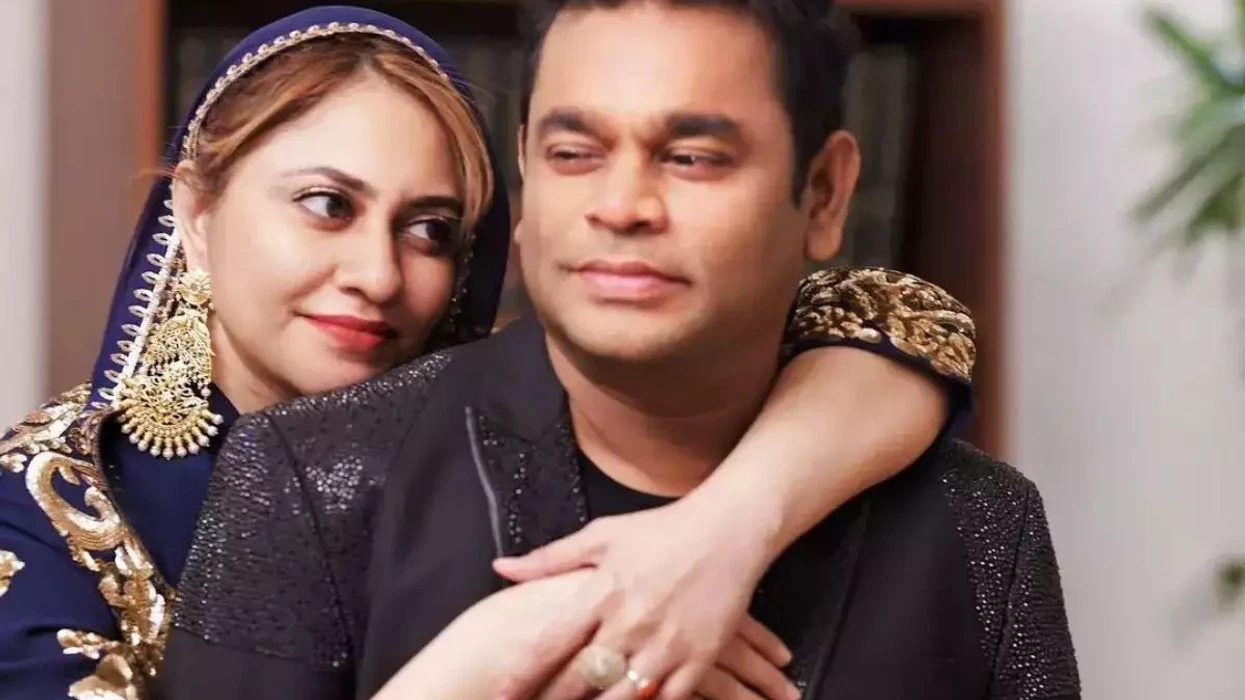


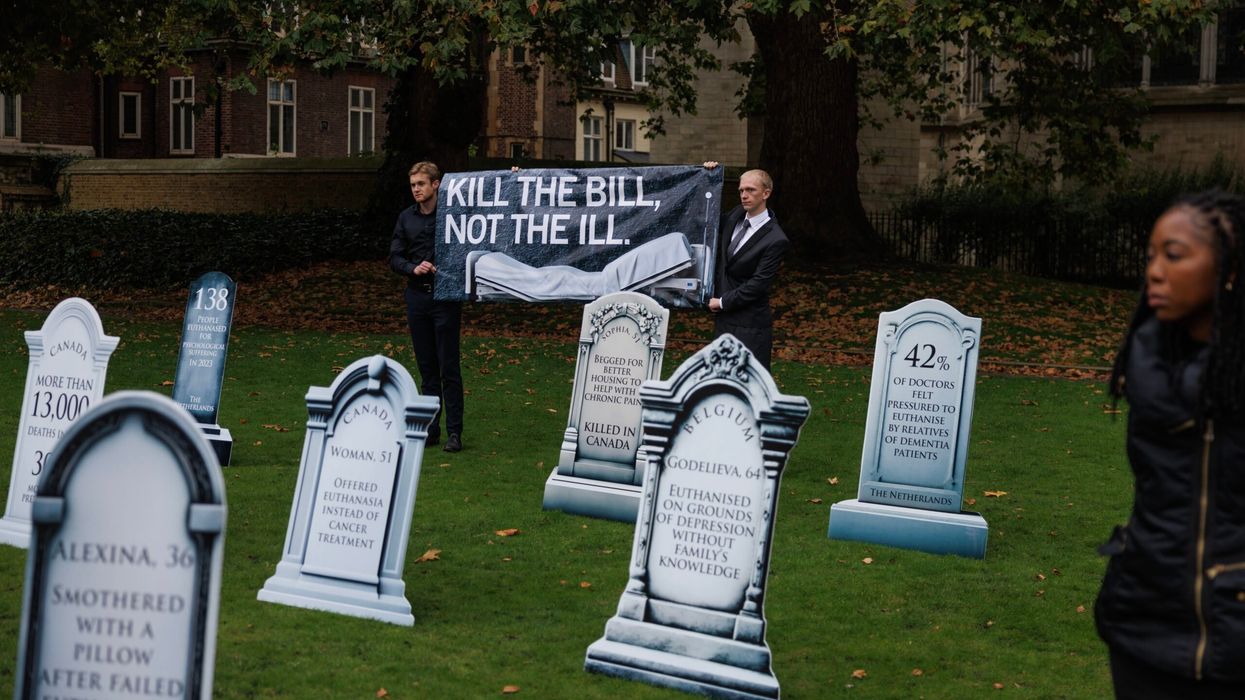
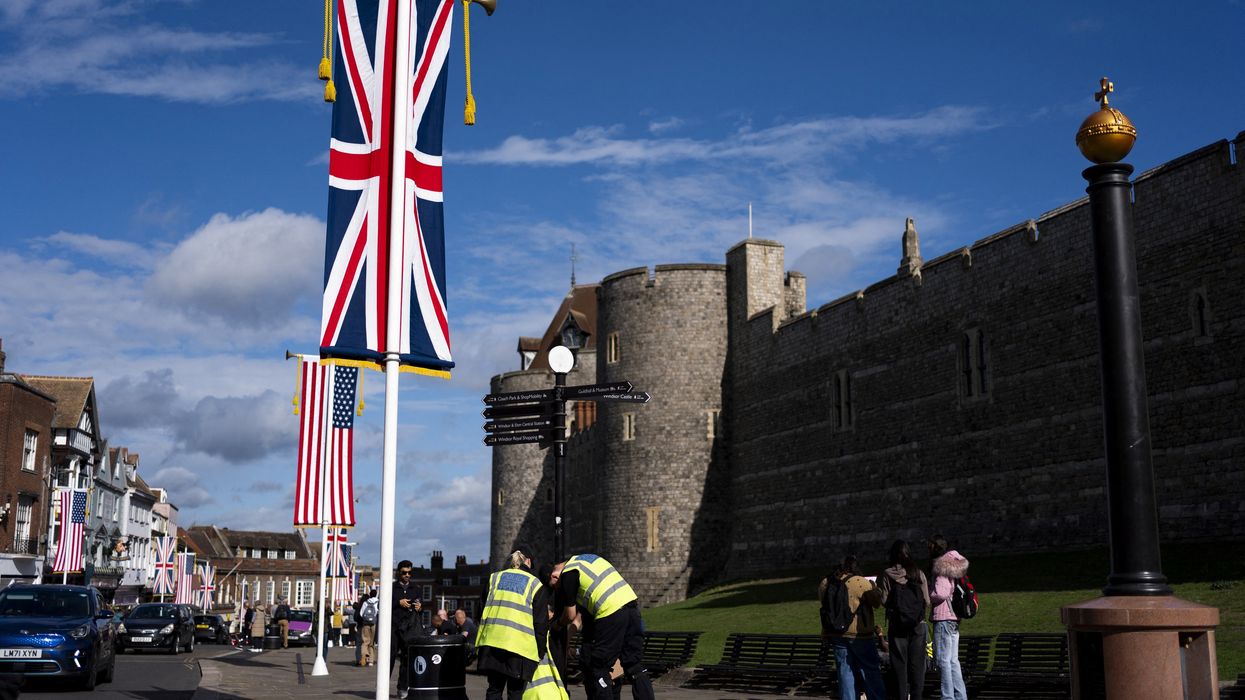
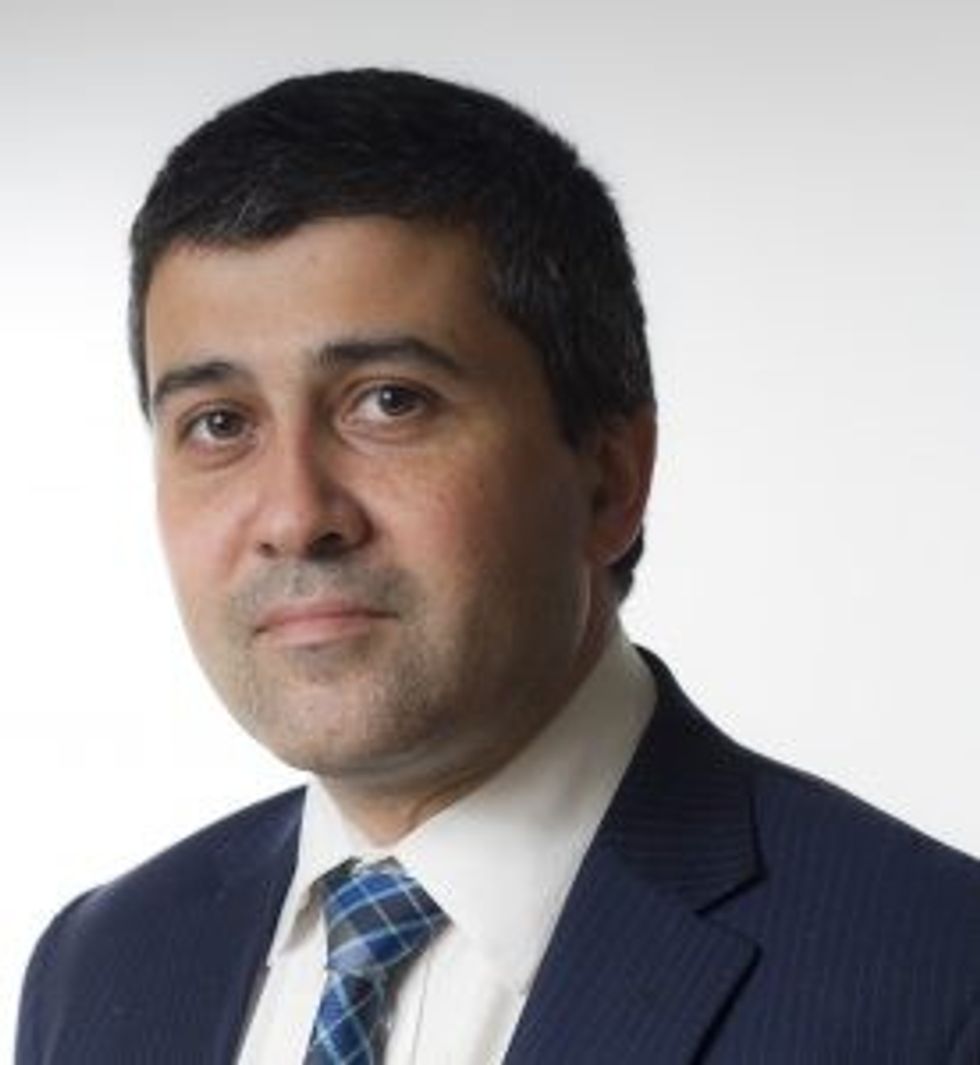 Sunder Katwala
Sunder Katwala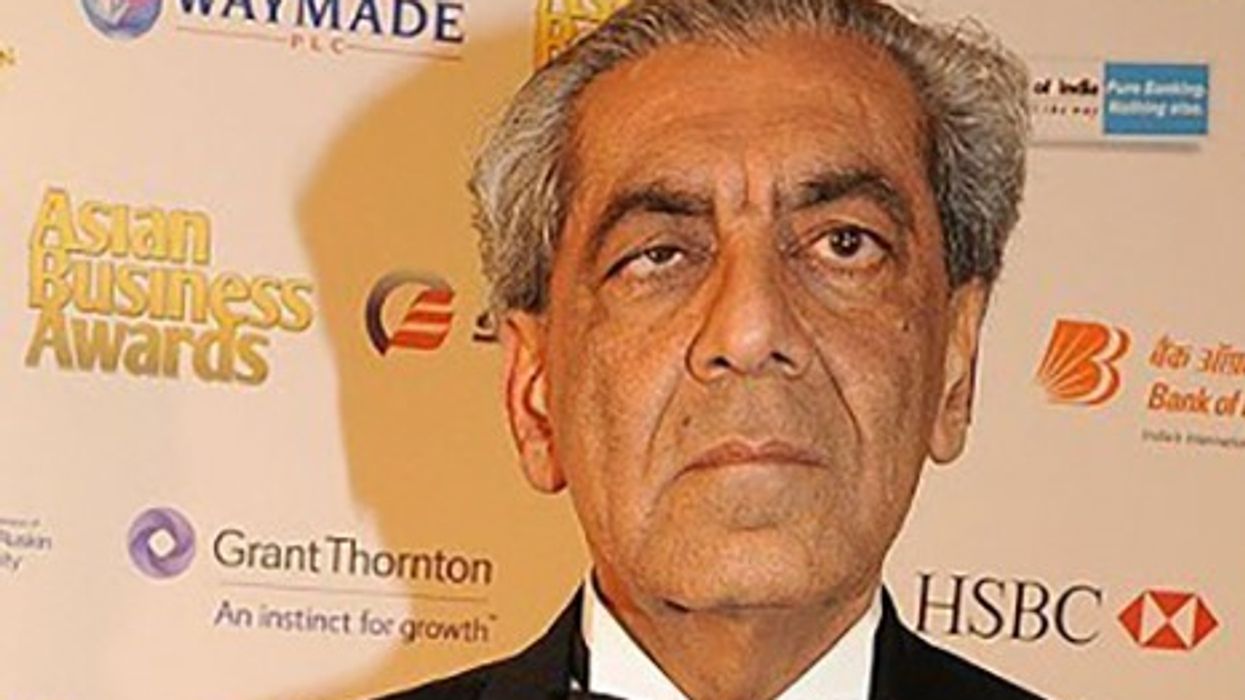


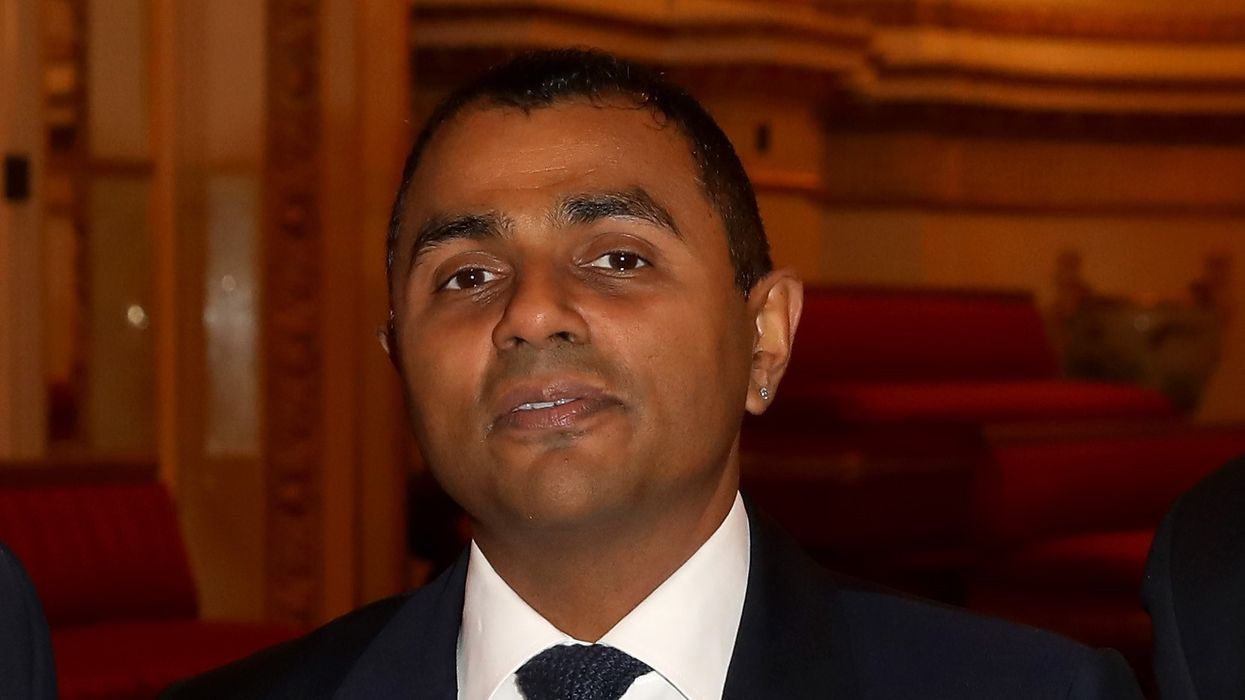
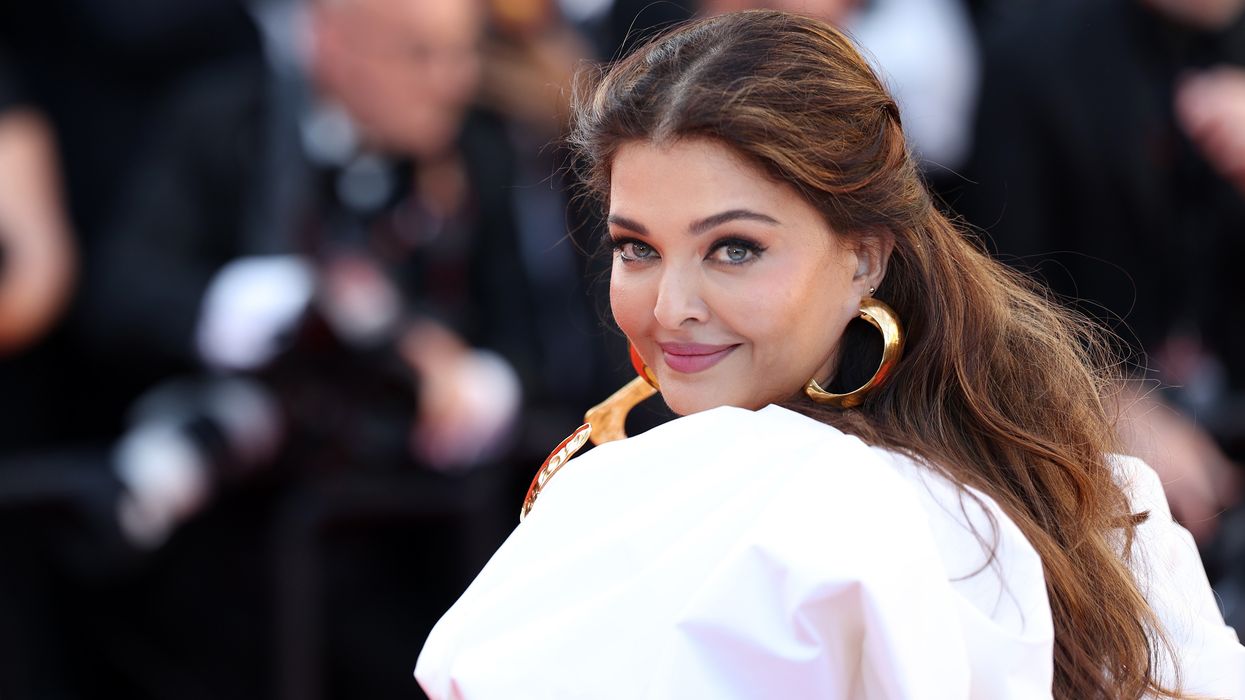
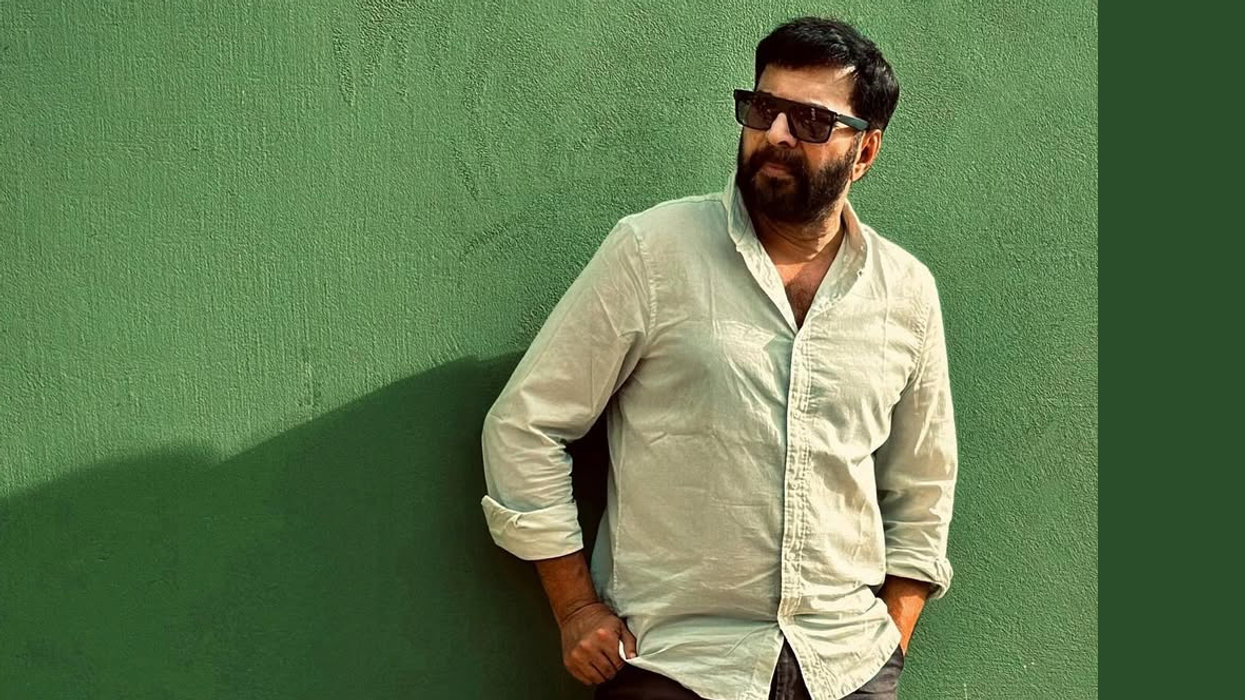
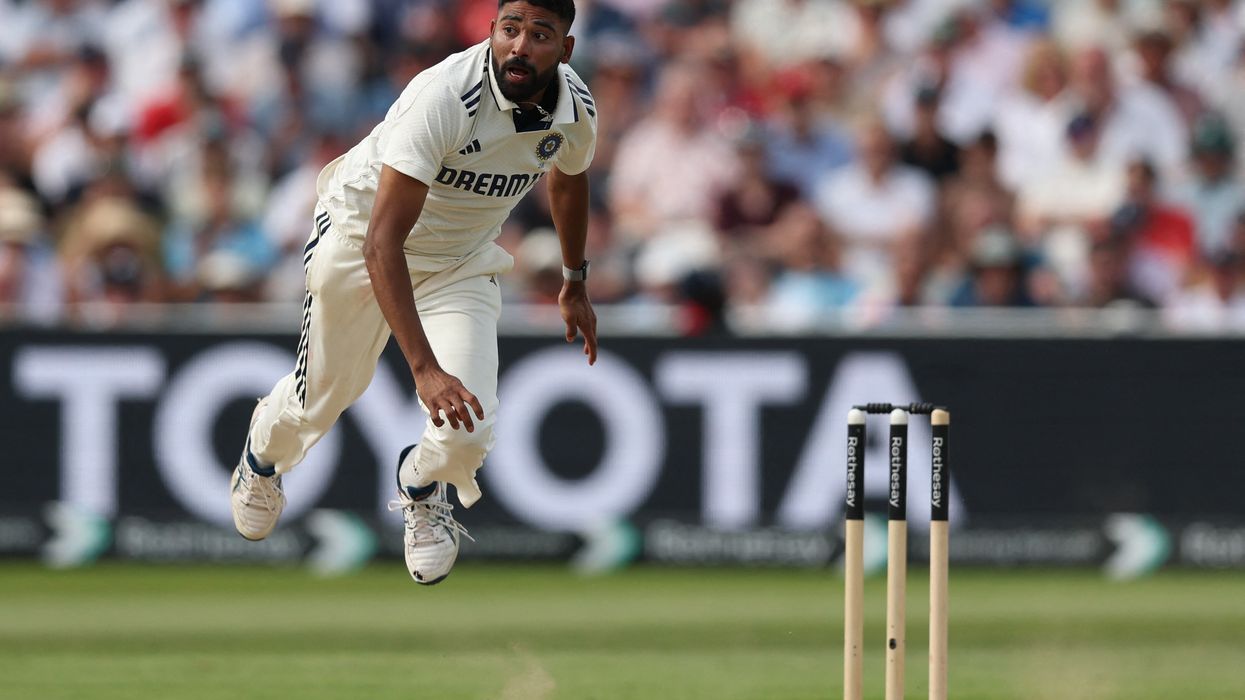

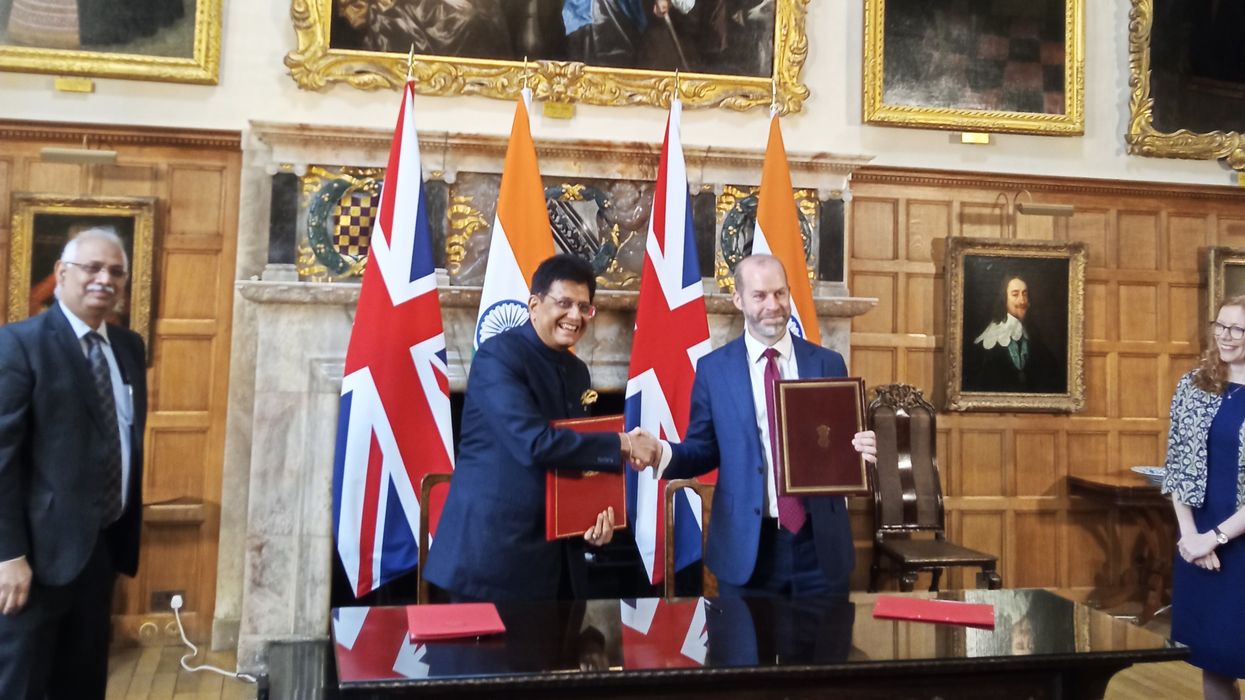

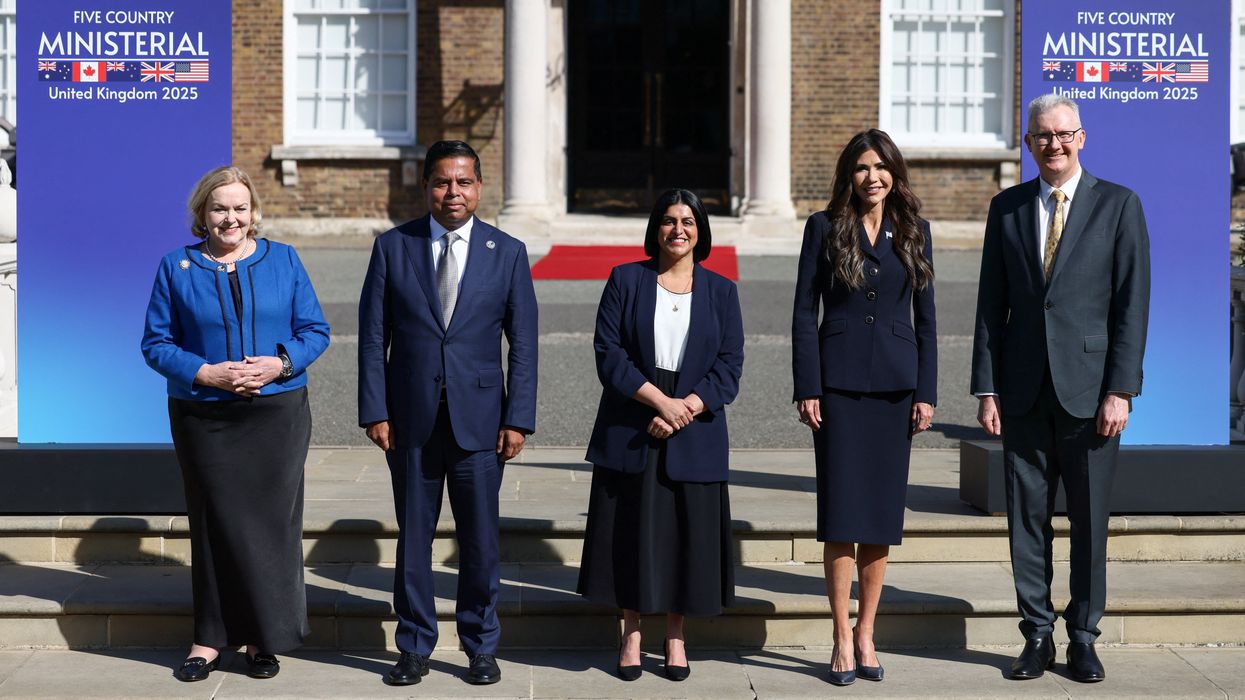
 Migrants in a dinghy crossing the English Channel
Migrants in a dinghy crossing the English Channel